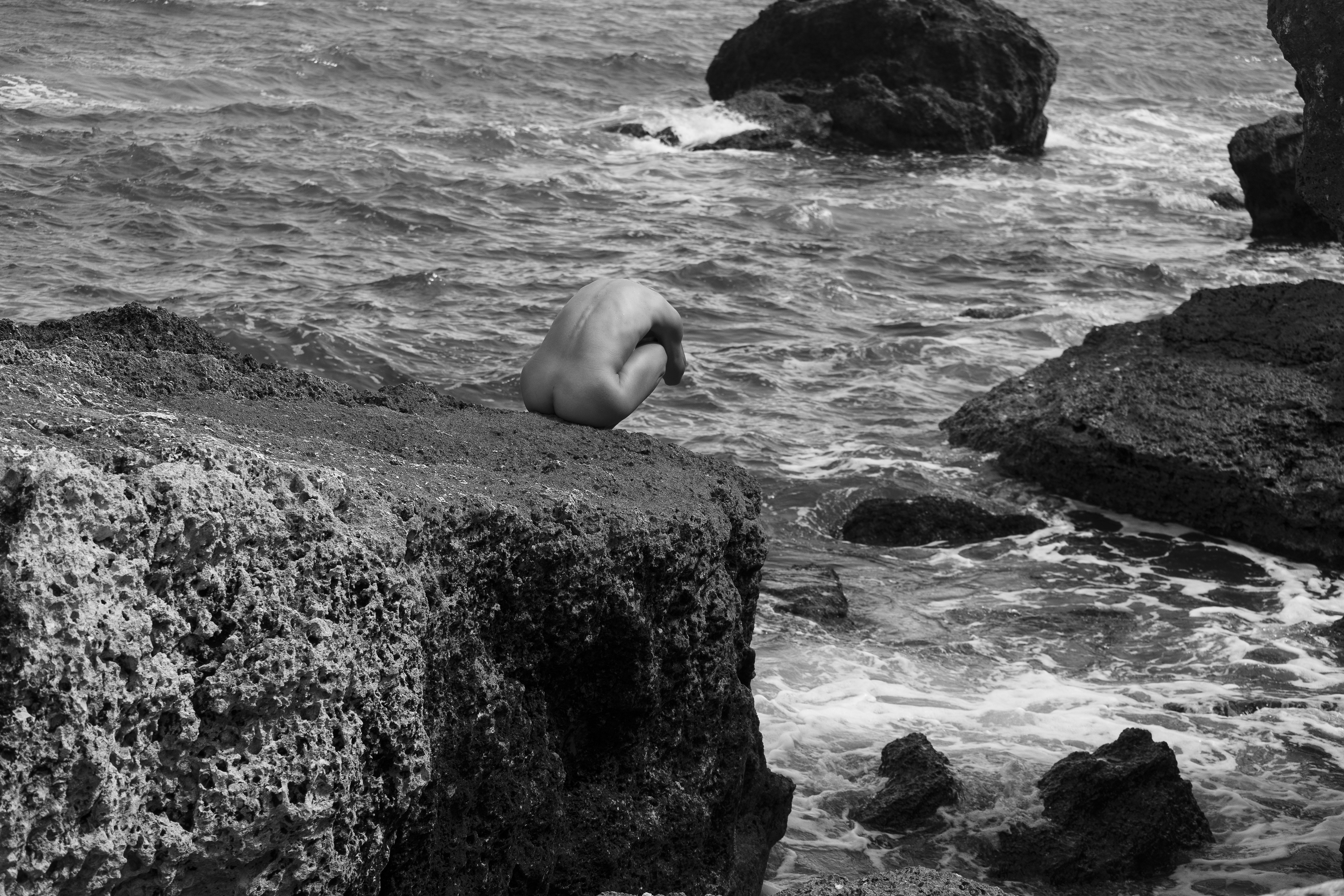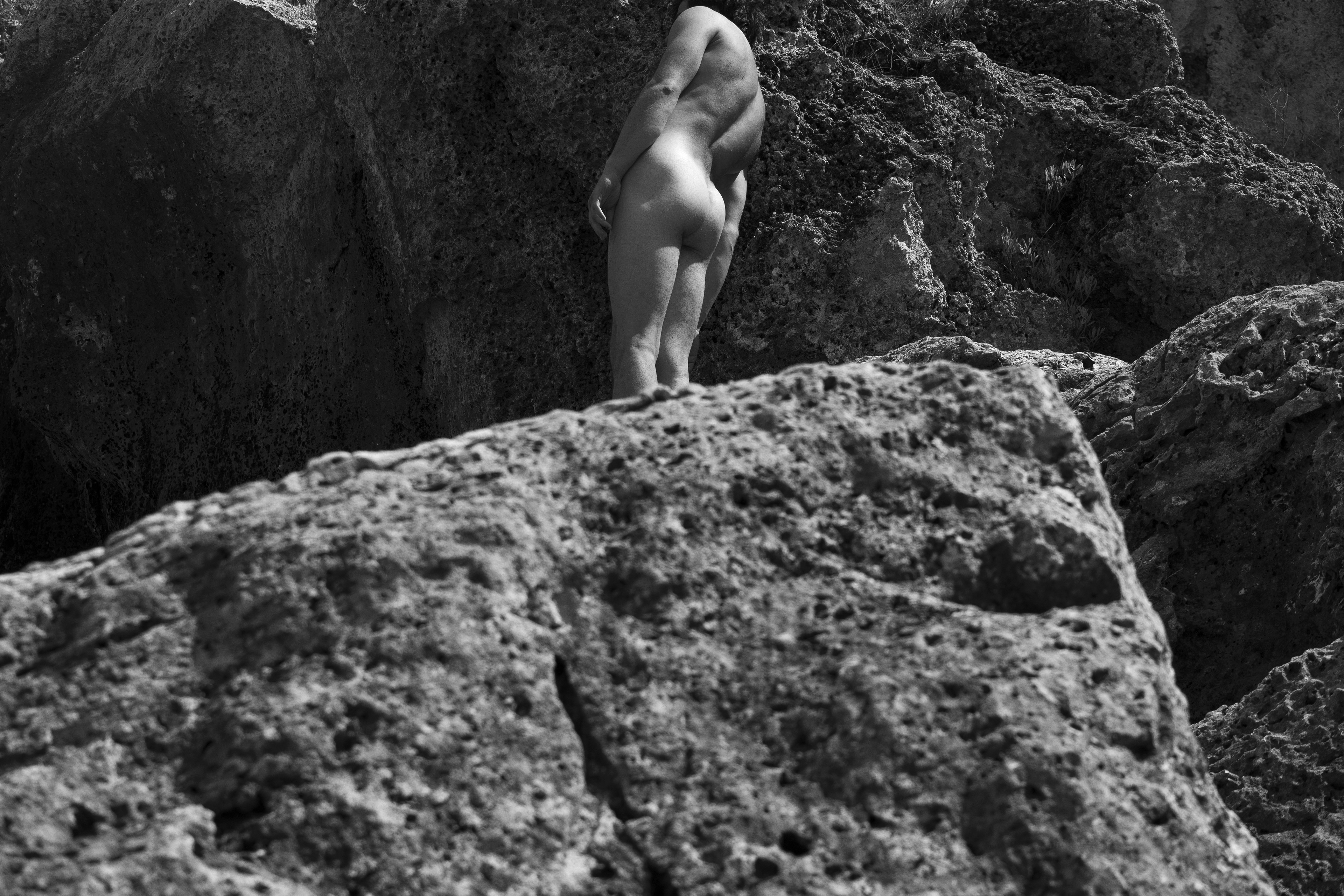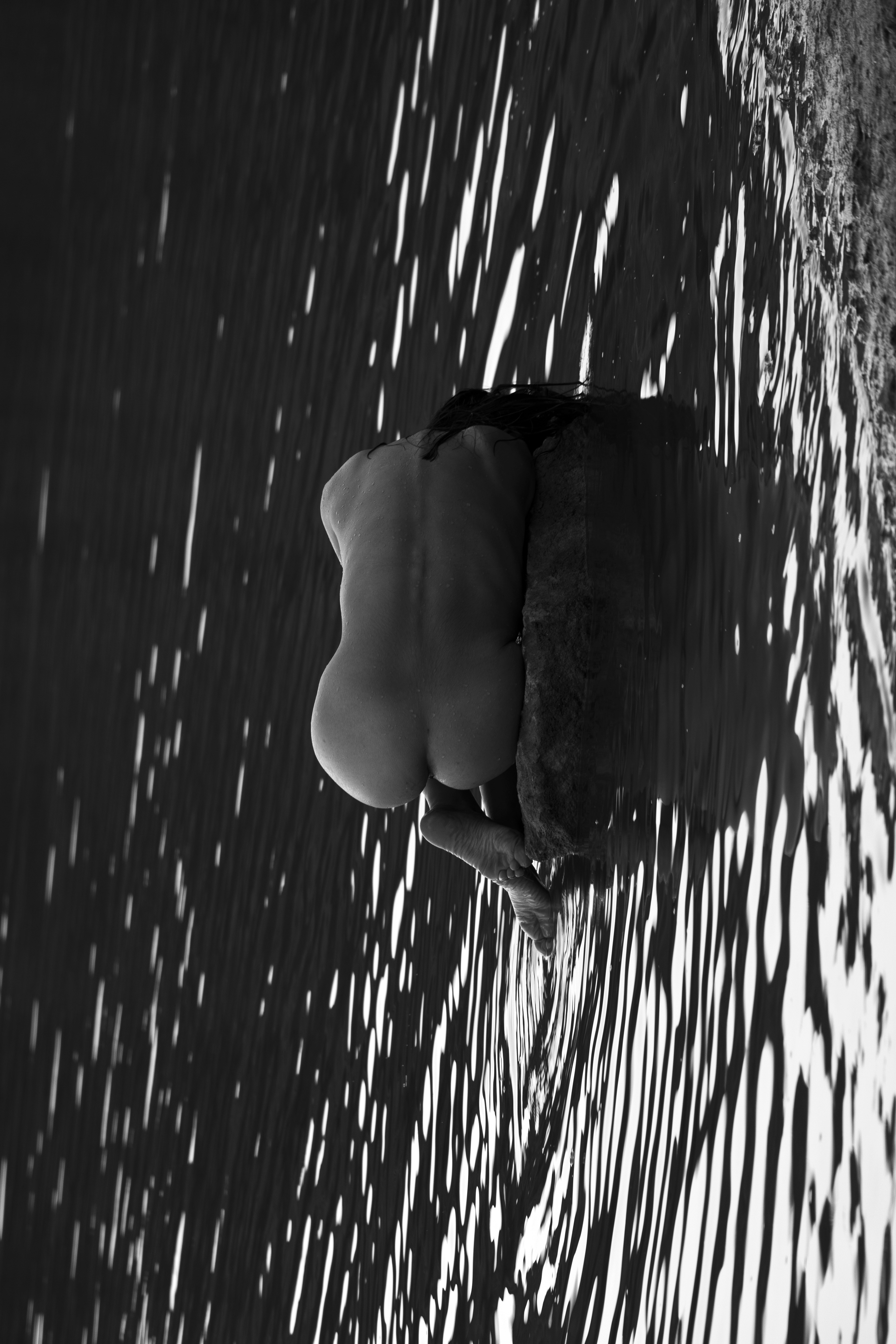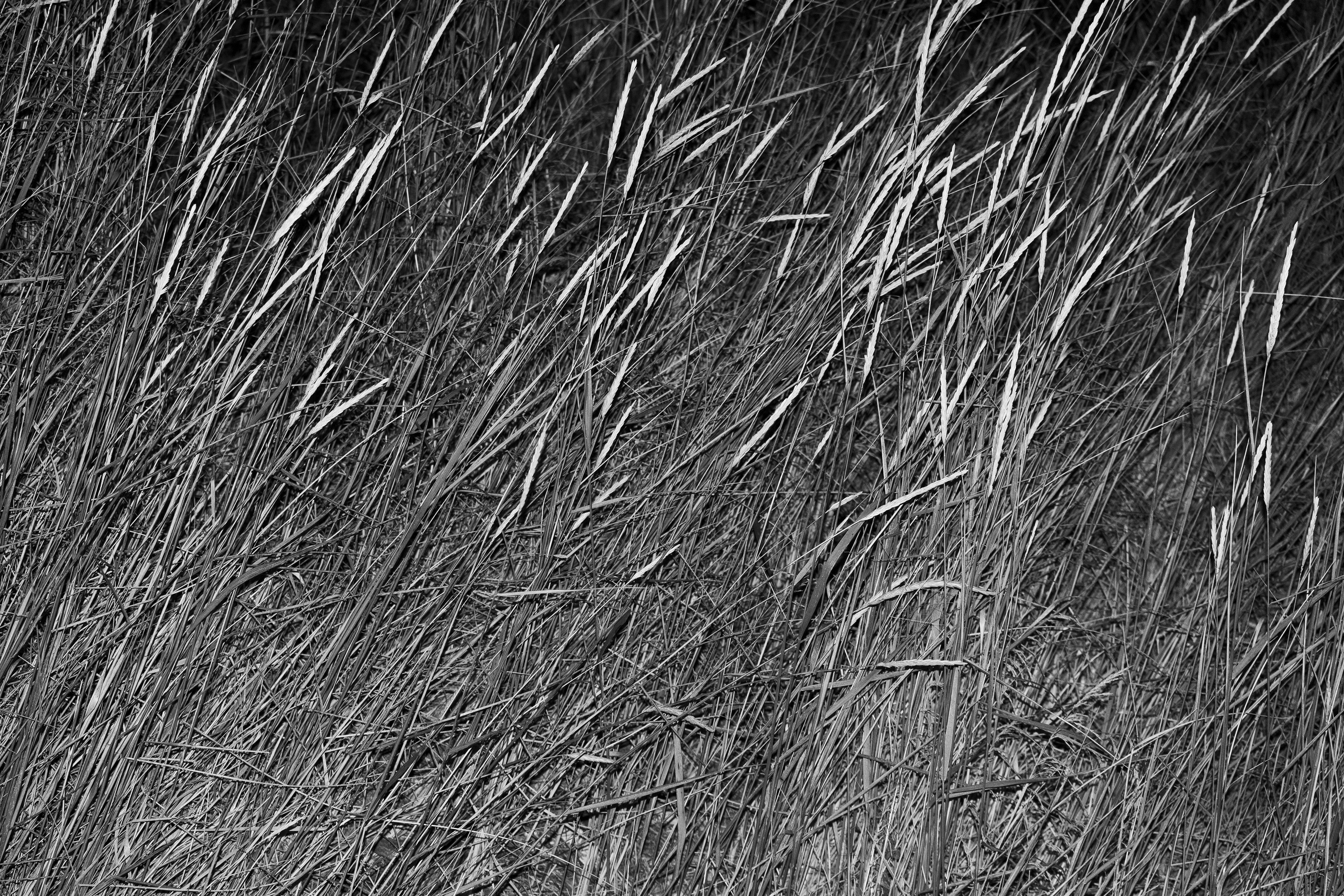
photo credits: Martin Atanasov

photo credits: Martin Atanasov

photo credits: Martin Atanasov

photo credits: Martin Atanasov
Deep Listening Practice for Altered States
The foundation of my dance training, meditations, somatic and embodiment practices, and re-searching for my inner Utopia brought me to the deep listening practice.
In exploring the philosophical and metaphysical commonalities between the practice of deep listening and the concept of utopia, we can delve into a narrative that examines the essence of both.
Trough Deep Listening Practice I seek to move beyond normative hearing, seeing, and sensing, asking: What is Knowing, Be-Coming, Feeling, and Hearing in process? How do we engage in processes of attuning to the environment, unclothing coagulated wounds, and healing without theological expectations?
Through the practice of slowing down, different modes of listening became central to my practice: listening to the dance itself as a sonic experience; listening to environmental sounds; listening to musical/sound compositions; listening to personal and historical narratives, listening to one's own inner voices, selves, ideas, sensations, feelings and emotions, listening from within.
Here I propose listening, even before language enters, as a decolonial strategy applying it to various modes of listening. Using this practice to spend time with organisms and living beings, listening to mountains, winds, waters, plants and other beings, can be used as an approach to unlearn anthropocentric points of views.
And lastly, I experience the tremendous healing effects of listening on the body, as various listening practices propose. Here, it is necessary to point out again the issue of the Euro-Americentric lineage of art. When writing about a practice that can be clearly linked to sound art, the first person one might think of is Pauline Oliveros, who undoubtedly is important figure in their contexts. But as Brandon LaBelle point it very well “it is necessary to give balance to an imbalance and misconceptions of a narrative dominated by Euro-America continuously announcing itself as the pioneers of innovation, progressive and contemporary ideas. It is no surprise to get to know, that Oliveros, who coined the term Deep Listening, was influenced by Native American ritual, meditation and music practices, and Cage by the work of Sri Lankan philosopher and historian Ananda Coomaraswamy and the Indian musician Gita Sarabhai, who taught him of the depiction of eight emotions in the concept of rasa aesthetics, as well as Zen Buddhism, having profound influence on his approach to music.”
In conclusion, Deep Listening is a multifaceted practice that intersects with art, poetics, spirituality, postcolonialism, and utopia. Through the contributions of artists and researchers such as Pauline Oliveros, Brandon LaBelle, Hildegard Westerkamp, R. Murray Schafer, Annea Lockwood, Jeph Jerman, and Andrea Polli, deep listening emerges as a powerful tool for understanding and transforming our relationship with sound and the world around us in nowadays context. Although my interest is not inspired by these artists, I recognize and hear deeply their thoughts and work, sensing that we are interconnected within the invisible collective urgency of the worlds we inhabit.
As Oliveros poignantly stated, "Listening is a way of making sense of the world, a way of knowing, a way of connecting" (Oliveros, 2005).
Yes, Deep Listening is the foundation for a radically transformed social matrix in which compassion and love are the core motivating principles guiding creative decision making and our actions in the world.

